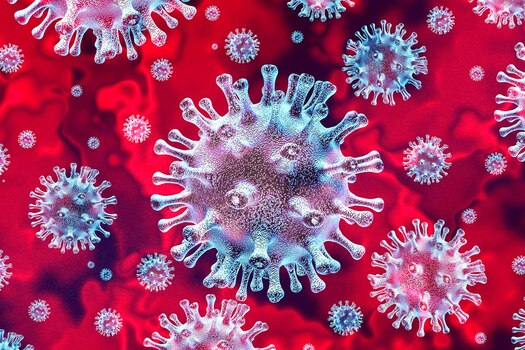COVID-19 deaths nearing 400,000 in US: where are we now?

January 28, 2021
As I am sitting at my computer on Sunday, January 17th, 2021 at 10:42 a.m. EST, there are currently 2,024,168 COVID-19 deaths in the world, with 395,896 deaths in the United States alone, according to the COVID-19 Dashboard by the Center for Systems Science and Engineering at Johns Hopkins University. This is astonishing, as around 20 percent of the COVID-19 deaths are in the United States (US), an industrialized nation with cutting edge medicine, expert scientists, and advanced resources. People are dying daily across the country, intensive care units are operating at maximum capacities, the COVID-19 vaccine distribution seems inefficient, so the situation in the United States seems dire. Everyone can play the blame game, pointing fingers at individuals, emphasizing failures and inaccuracies, but our best solution is to look toward the future. There is hope for the US, as on Friday January 15, 2021, Dr. Anthony Fauci, Director of the National Institute of Allergy and Infectious Diseases, told the TODAY show on NBC that he is optimistic about the future vaccination plans, as he remarked, “I strongly believe it is doable”. So, now the spotlight is on the COVID-19 vaccines, as they have been developed in a record amount of time, representing the expertise of the amazing scientists in the US.
Let’s get to the science! There are two vaccines that have Emergency Use Authorization (EUA) from the US Food and Drug Administration (FDA), created by Moderna and Pfizer-BioNTech. Both vaccines are mRNA vaccines, meaning that the vaccine does not contain a weakened or killed virus. Instead, they contain part of the SARS-CoV-2 virus’s genetic code, in the form of the messenger RNA (mRNA). This is important to help cells create a protein called the spike protein, allowing the human body to mount an immune response that creates recognition of the SARS-CoV-2 virus. In very broad terms, the mRNA vaccine is injected in the body, and the immune response occurs in response to the mRNA instructions, producing antibodies to create memory of the protein, and then activates T-cells to destroy the spike protein. Before submission for EUA, both companies reported data that showed the vaccines being ~90-95% effective, which is remarkable for a vaccine that was prepared in under one year! Both vaccines are two doses, the Pfizer vaccine can be spaced 21 days apart, and the Moderna doses are spaced 28 days apart.
Along with the vaccine, the news is flooded with reports about COVID-19 variants and the danger they pose in the upcoming months. There are different COVID-19 virus variants across the world that have spread to the United States and Dr. Scott Gottlieb, a physician and the 23rd Commissioner of the Food and Drug Administration, told CNBC that the United States could be facing a “perpetual infection heading into the spring and summer as these variants get a foothold here”. What are these variants? They are different strains of the SARS-CoV-2 virus that have alterations in the genetic code, called mutations, which can change the structure and behavior of the virus. According to the US Center for Disease Control (CDC) website, there are three known variants in the world: B.1.1.1, originated in the United Kingdom (currently in the US); 1.351, originated in South Africa, and P.1, originated in Brazil. Genetic analyses have uncovered the mutations in the variants, which can affect their ability to be transmitted by humans and be targeted by the mRNA vaccines. Currently, scientists are collecting more data on how the mutant viruses have spread and how they interact with vaccine and existing therapeutics.
The COVID-19 pandemic is ravaging the world, spreading to almost 100 million people and altering our way of life. Therefore, the next six months will be a decisive period that can change the trajectory of the pandemic.






